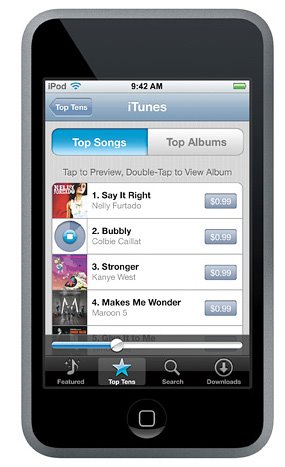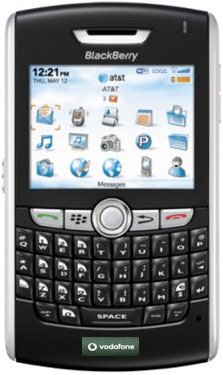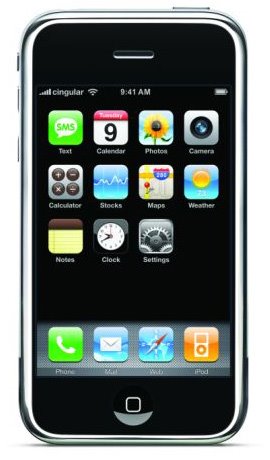1) The uninsured/underinsured portion of the standard Texas auto policy lays out the insuring agreement part as follows: (according to the Insurance Services Office)
INSURING AGREEMENT
A. We will pay damages which a covered person is legally entitled to recover from the owner or operator of an uninsured motor vehicle because of bodily injury sustained by a covered person or property damage caused by an accident.
The owner's or operator's liability for these damages must arise out of the ownership, maintenance or use of the uninsured motor vehicle.
Any judgment for damages arising out of a suit brought without our consent is not binding on us. If we and you do not agree as to whether or not a vehicle is actually uninsured, the burden of proof as to that issue shall be on us.
2) Now I will skip down a little in the standard policy to the next portion that is relevant to diminished value on an uninsured/underinsured motorist claim.
DEFINITIONS
C. "Property Damage" as used in this Part means injury to, destruction of or loss of use of:
1. Your covered auto, not including a temporary substitute auto.
2. Any property owned by a "covered person" while contained in your covered auto.
3. Any property owned by you or any family member while contained in any auto not owned, but being operated, by you or any family member.
Now, as an adjuster, the way I interpret this coverage is very clear. The wording is not confusing to me. The definition of property damage in the standard policy under the uninsured/underinsured portion clearly says that injury to or destruction of property is covered so long as it was caused by a collision with an uninsured or underinsured motorist. Unless your policy has a special endorsement that specifically excludes diminished value as a part of an uninsured/underinsured motorist claim, then it should be covered, right? Diminished value is definitely injury to your vehicle! Most States have very similar wording in the uninsured/underinsured motorist portion of their policies, so it is worth taking a look at the specific language and endorsement on your policy to see if your policy is similar and will cover diminished value.
As a little further clarification, keep in mind that Uninsured/Underinsured Motorist Coverage is a first-party coverage, meaning the person making the claim also bought the policy or purchased the coverage. The confusion out there is that the Texas Supreme Court has made a ruling that says first-party diminished value cannot be recovered. This is only under the collision/comprehensive portion of the policy where the language reads that the insurance company will "repair or replace" the damaged property. The UM portion of the policy does not contain the repair or replace language, it is meant to pay the policyholder as if it were a liability policy for the uninsured or underinsured motorist. It is also notable that if there are multiple vehicles involved in a collision and the person that caused the accident has insurance, but not enough, then you can use your UM coverage to make up the difference, including diminished value! First-party diminished value claims are not dead, they're just hard to understand!
Sometimes it's just in the petty details!




1 comments:
Please credit the appropriate author. I am the author of this article, my name is Justin Petty, and my site is www.pettydetailsllc.com
Please either remove the plagiarized article or properly site the article.
Sincerely,
Justin Petty
Post a Comment